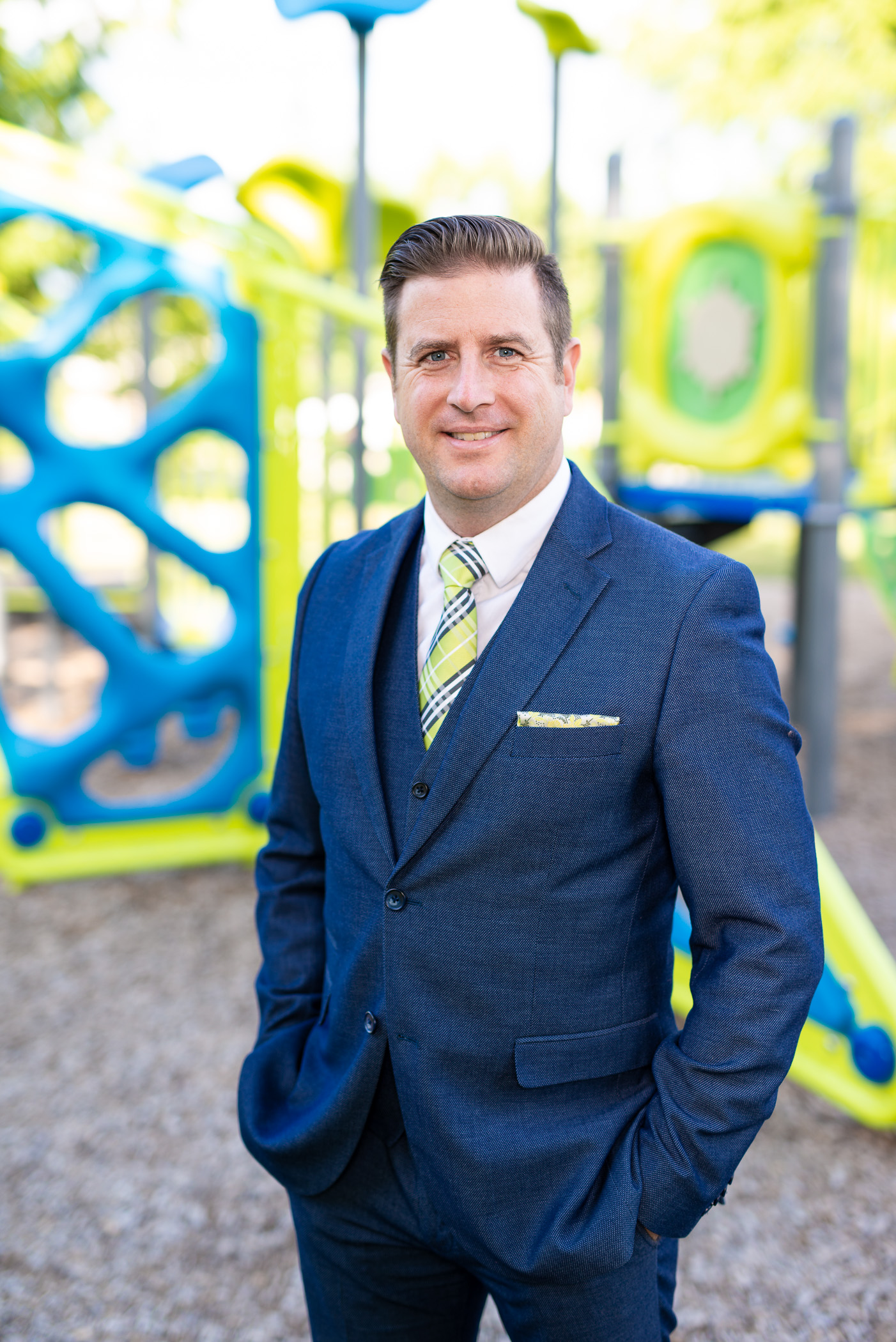BACCC asked all municipal candidates for their views on environmentally-friendly transportation options, presenting them with these three questions. Views expressed are solely those of the candidates and do not reflect the views of BACCC or its members. All responses have been reviewed to ensure appropriateness and relevance to the questions posed. We encourage you to make an informed decision by researching your local candidates.

Hamilton Ward 8 Candidate John-Paul Danko
From the recommendations in BACCC’s Options for Travel report, which would be your top priority to enact to ensure safe, reliable, convenient and equitable transportation options?
As the Ward 8 Councillor, I worked closely with BACCC to provide direction to City staff to complete a full review of the BACCC Options for Travel Report.
Staff’s review was presented to the GIC Committee on August 8, 2022. Staff state “Many of the Recommendations are actions already being done or planned to be done in some capacity, guided by Council approved Master Plans such as the Transportation Master Plan, the Ten-Year Local Transit Strategy, and the Community Energy and Emissions Plan.”
76.2% of Ward 8 residents work within the City of Hamilton, so my two top priorities are to improve the frequency of public transit routes, with more consistently timed service and connect express routes or improved public transit service to business parks.
If environmentally friendly transportation options are not convenient, residents will be less likely to choose those options over driving.
What steps would you take to ensure environmentally friendly transportation options are convenient?
Hamilton is anticipated to grow by more than 250,000 new residents in the next 30 years. It is impossible to accommodate this many residents on the City’s existing road network without a significant modal shift to transit. One of the top priorities of Ten-Year Local Transit Strategy and (Re)envision Project is to grow ridership and improve service to make transit a preferred transportation option. LRT will provide the east-west spine of a modern transit network and substantial work is underway to build ridership and prepare the north-south A-Line for rapid transit. However, additional funding will be required to fully implement these plans. The next term of Council must end area rating for transit so that the costs of transit are equally distributed to all residents. After area rating for transit is eliminated, we will have a baseline to adequately fund service improvements to the amalgamated suburbs and BLAST network.
Environmentally friendly transportation needs to be perceived as safe in order to be viewed as a viable option.
What steps would you take to ensure all users feel safe when using all transportation methods?
HSR recently completed an audit of all bus stops to determine where pedestrian connectivity gaps exist for future safety improvements. The HSR is also undertaking upgrades to many non-compliant stop locations to become ADOA-compliant by 2025.
The (Re)envision Action Plans includes several activities supporting advancing equity-focused desired outcomes. One such area is with respect to the diversity of HSR’s workforce. HSR continues to review staff complement through an equity lens, and has focused recent recruitment efforts on increasing representation from women and diverse communities, particularly for Operators.
Beginning this winter the City will also begin snow-clearing sidewalks along transit routes which will drastically improve safety for elderly riders or anyone with mobility challenges.
Ultimately, the best way to increase the perception of safety is to increase ridership to ensure that there always people present on the system.
